LAB REPORT
Science and Technology Making Headlines
Dec. 5, 2014
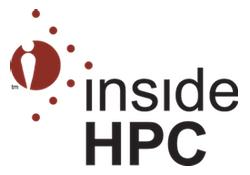
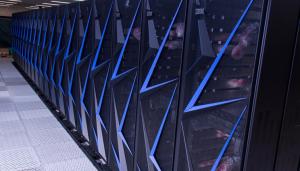
Sierra is the next in a long line of supercomputers at Lawrence Livermore National Laboratory.
On the road again
Supercomputing Conference, SC14, held this year in late November, was suffused with confidence about the future. The change of mood was triggered by the announcement, on the Friday before the event opened, that the U.S. government will spend $325 million on two new supercomputers, and a further $100 million on technology development, to put the USA back on the road to exascale computing.
IBM’s Power architecture won the contracts to supply the next-generation supercomputers for the Lawrence Livermore and Oak Ridge national laboratories.
Oak Ridge and Livermore chose the same architecture and are funded from different portions of the Department of Energy budget – Oak Ridge from the Office of Science and Livermore from the National Nuclear Security Administration.

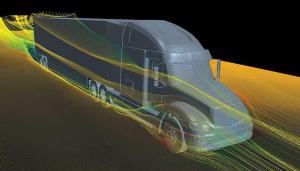
Lawrence Livermore researchers have conducted fluid dynamic simulations to determine the fuel efficiency of semi-trucks using aerodynamic drag reducing devices.
Saving billions and billions
Researchers at tLawrence Livermore National Laboratory are in the process of designing next-generation, highly aerodynamic and integrated heavy vehicles to radically decrease aerodynamic drag and improve fuel efficiency.
Each year, the more than 2 million tractor-trailer trucks that cruise America’s highways consume about 36 billion gallons of diesel fuel, representing more than 10 percent of the nation’s entire petroleum use. That fuel consumption could be reduced by billions of gallons a year through the use of drag-reducing devices on trucks, according to studies by researchers at Lawrence Livermore.
LLNL fluid dynamicists Kambiz Salari and Jason Ortega found that adding both of the devices — which are currently used in combination on about 3 percent to 4 percent of the nation’s semi-trucks — reduced the aerodynamic drag by as much as 25 percent, which represents about a 13 percent decrease in fuel consumption.

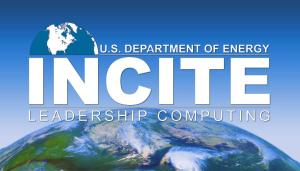
Eight Lawrence Livermore researchers received 800 million core hours on supercomputers Mira and Titan.
Time for science
As part of the Department of Energy’s Innovative and Novel Computational Impact on Theory and Experiment (INCITE) program, eight Lawrence Livermore researchers have been awarded nearly 800 million core hours on two of America’s fastest supercomputers dedicated to open science — Mira, an IBM Blue Gene/Q system located at Argonne National Laboratory, and Titan, a Cray XK7 system located at Oak Ridge National Laboratory.
Open to researchers from academia, government labs and industry, the INCITE program is the major means by which the scientific community gains access to some of the fastest supercomputers. The program aims to accelerate scientific discoveries and technological innovations by awarding, on a competitive basis, time on supercomputers to researchers with large-scale, computationally intensive projects that address grand challenges in science and engineering.
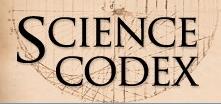
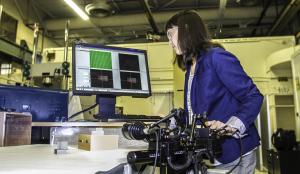
Amanda Wu images an additively manufactured part using digital image correlation.
Measuring the stress test
Lawrence Livermore researchers have developed an efficient method to measure residual stress in metal parts produced by powder-bed fusion additive manufacturing.
This 3D printing process produces metal parts layer by layer using a high-energy laser beam to fuse metal powder particles. When each layer is complete, the build platform moves downward by the thickness of one layer, and a new powder layer is spread on the previous layer. While this process is able to produce quality parts and components, residual stress is a major problem during the fabrication process.
An LLNL research team, led by engineer Amanda Wu, has developed an accurate residual stress measurement method that combines traditional stress-relieving methods (destructive analysis) with modern technology: digital image correlation. This process is able to provide fast and accurate measurements of surface-level residual stresses in AM parts.
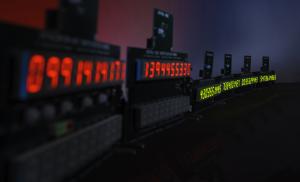
Intrinsic Use Control uses the weapon’s fluctuating radiation fields to create use control numbers, known only to the weapon, which would be able to protect the weapon and its components from unauthorized use.
Can’t crack this nut
Mark Hart, a scientist and engineer at Lawrence Livermore, has been awarded the 2015 Surety Transformation Initiative (STI) Award from the National Nuclear Security Administration’s (NNSA) Enhanced Surety Program for his work in nuclear weapons security.
The STI award aims to stimulate and encourage the development of potentially transformational nuclear weapon surety technologies and explore innovative, preferably monumental shift solutions, to unmet surety needs.
Hart’s winning proposal is for Intrinsic Use Control (IUC), a concept that is capable of providing improved quantifiable safety and use control within a nuclear weapon. This is accomplished by designing the components to function in a way that cannot be replicated by any individual.
“Using the random process of nuclear radioactive decay is the gold standard of random number generators,” Hart said. “You’d have a better chance of winning both Mega Millions and Powerball on the same day than getting control of IUC-protected components.”





